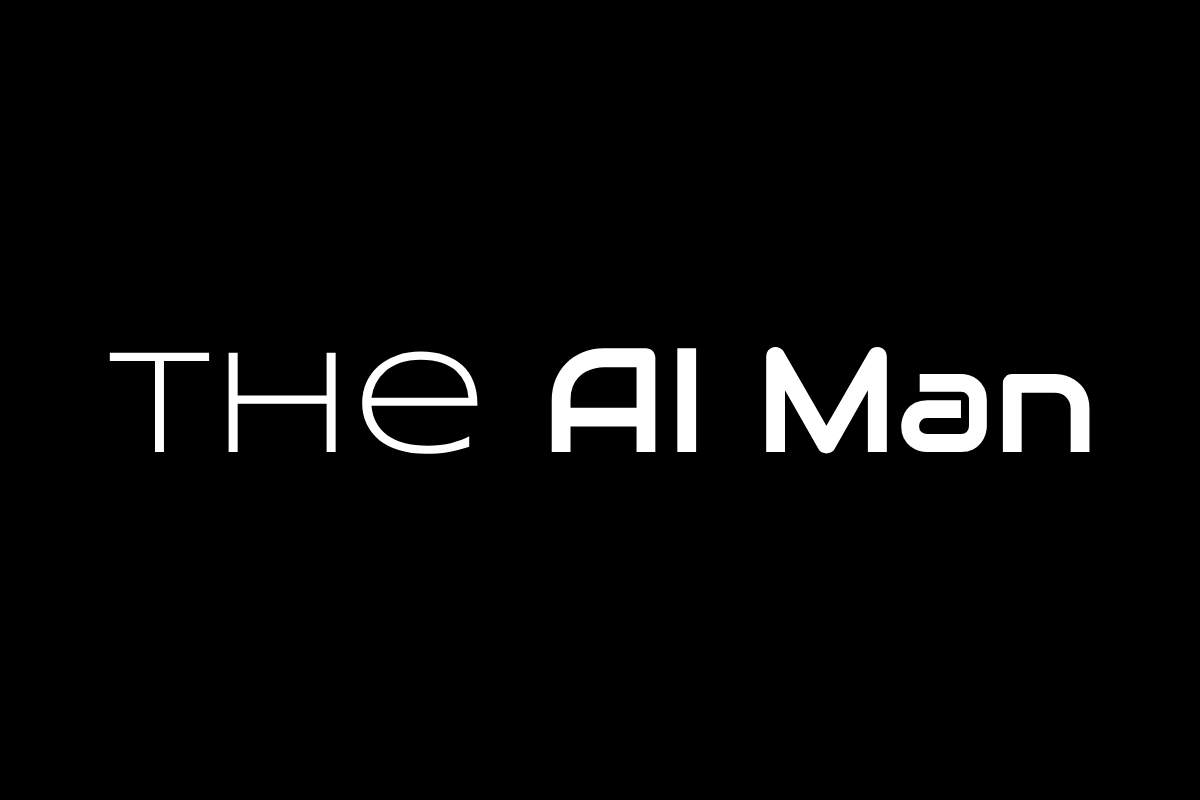
Imagine handing someone a Rubik's Cube the size of Earth with only ONE correct sequence—potentially millions of moves—to solve it. That's essentially what Caltech mathematicians just pulled off with the Andrews-Curtis conjecture, a mathematical mystery that's stumped brilliant minds since 1965. Their secret weapon? An AI that doesn't just think outside the box—it demolishes it entirely.
This isn't your typical "AI beats human at chess" story. This is artificial intelligence venturing into pure mathematics' deepest corners and solving problems that predate the moon landing.
What Is The Andrews-Curtis Conjecture
Imagine you have a recipe book for making "nothing" (mathematically, this is called the "trivial group"). But instead of normal recipes, these are weird mathematical recipes written in a complicated way.
The Andrews-Curtis conjecture basically asks: "Can every complicated recipe for making 'nothing' be simplified into the most basic recipe using only a few allowed cooking techniques?"
The Real-World Analogy
Here's the best way to think about it:
It's like a massive, diabolical maze game:
You're on a chess-like board with millions or billions of squares
You start at some random, far-away position
Your goal is to reach "home" (the simple, standard form)
You have only a few specific moves you're allowed to make (like chess pieces)
The path might require thousands of moves even if you're relatively close to home
You can't tell if you're going the right way until you actually reach home
As one researcher put it: "It's like a devil designed the maze".
What the Conjecture Claims
The conjecture says: "No matter where you start on this massive mathematical maze, there's ALWAYS a path home using only the allowed moves."
For 60 years, mathematicians couldn't prove this was true OR find a single example where it was false.
What the AI Did
The Caltech AI didn't solve the whole conjecture, but it did something crucial: it found paths home for several cases that mathematicians thought might be impossible to solve—essentially ruling out potential "dead ends" that would disprove the conjecture.
Think of it as the AI proving "Hey, these 25-44 spots that everyone thought were unreachable? Actually, here's how you get home from there—it just takes millions of steps that humans never thought to try."
The Bottom Line: It's about proving whether mathematical complexity can always be simplified using basic operations, no matter how complicated things start out.
The 60-Year Mathematical Maze
The Andrews-Curtis conjecture is like proving whether any scrambled Rubik's Cube can always be solved, but in abstract mathematical terms. Here's what makes this breakthrough extraordinary:
Time scale: Open since 1965—before the internet existed
Complexity: Solutions require millions of sequential steps vs. chess games' typical 30-40 moves
Rarity: Correct solution paths are incredibly rare—like finding one specific grain of sand on all Earth's beaches
Impact: The AI disproved several potential counterexamples, ruling out ways the main theory could be wrong
"It's like trying to find your way through a maze the size of Earth," explains study author Ali Shehper. "These are very long paths, and there's only one that works".

Formal group theory statement of the Andrews-Curtis Conjecture, central to the 60-year math problem solved using AI methods
Together With CustomGPT.ai

We all love AI tools like ChatGPT—but what if it could only access your company’s information?
That’s exactly what CustomGPT.ai does.
You upload your docs, PDFs, website, or knowledge base—CustomGPT gives your team instant, 100% accurate answers, backed by source citations.
✅ No hallucinations
✅ SOC 2 + GDPR compliant
✅ 10 AI agents included
✅ No-code, no training required
From Good Parrot to Genius Outlier
This breakthrough represents a fundamental shift in AI thinking. Traditional AI like ChatGPT excels at finding typical, expected patterns—it's essentially a "good parrot". This new AI hunts for rare, unexpected solutions.
The key differences:
Traditional AI: Reproduces patterns, finds typical solutions
New AI: Discovers outliers through reinforcement learning with curiosity
Training method: Learning by trial and error with rewards, not data-feeding
Strategic thinking: Maintains exploration while developing better-than-human strategies
"Our program is good at coming up with outliers," explains Professor Sergei Gukov. The AI doesn't predict what's most likely—it finds solutions human mathematicians might never consider.

Workflow diagram showing data collection, cleaning, storage, training, forecasting, and visualization in predictive analytics
Why Your Future Depends on This
Before you think "Cool, but I'm not a mathematician," consider this: the ability to find rare solutions to complex problems could revolutionize crisis prediction.
Potential game-changing applications:
Financial markets: Predicting rare market crashes before they devastate economies
Healthcare: Early pandemic detection by spotting outbreak patterns
Climate science: Better extreme weather forecasting for disaster preparation
Engineering: Preventing catastrophic system failures before they occur
The researchers are honest about current limitations: "AI programs are typically not very good at predicting outlying, rare events... The team's new algorithm cannot make predictions like this either, but it may contain the seeds of what would be required".

Real-world applications: Where outlier-prediction AI could make a difference
Looking Ahead
We're witnessing AI evolution from pattern-copying to genuine discovery. This breakthrough proves artificial intelligence can solve problems that have puzzled humanity for generations—not through brute computational force, but through clever strategies accessible to any academic team worldwide.
Since publication, three new mathematicians have joined the team, and progress has shifted from "relatively slow" to "hustling and bustling". The next time you hear about AI preventing a financial crash or pandemic, remember this moment when a computer learned to navigate an Earth-sized mathematical maze and found the one path that worked.
As Gukov puts it: "Basically, our program knows how to learn to learn. It's thinking outside the box".
You heard it here first! 👌🏼

